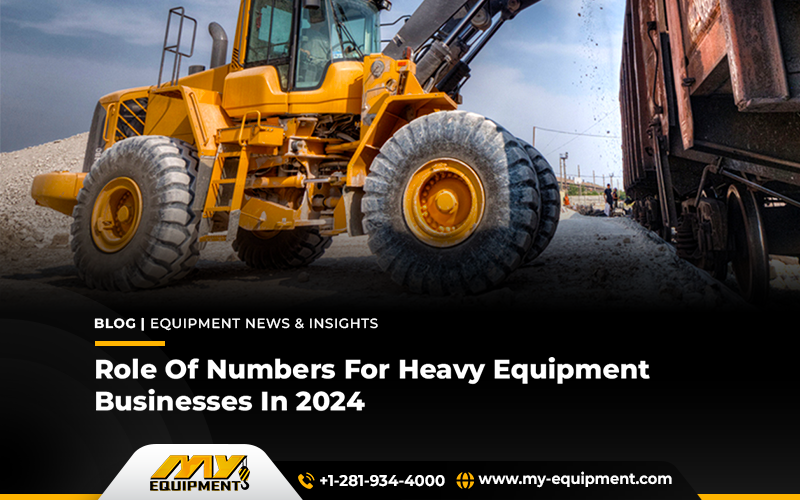2023 has passed, and we’re nearing the end of the first quarter of 2024.
Currently, as a heavy equipment owner you and your team must be planning out strategies to exhibit your machinery and utilize it to create some of the finest projects of the year and beyond.
You may not feel the need to revise your finances or have a backup plan to manage the sudden changes due to 2023’s stable market conditions.
However, post-pandemic shocks are still in the market especially the heavy equipment one, and you may need to have an alternative plan ready to bear the market fluctuations.
The present market situation has made it hard for heavy equipment-owning businesses to juggle operating costs, net profits, total sales as well as operating margins.
If the year went lucky for you, it can bring some profit but that is not the net profit.
So if you think you hit a 4% increase on a motor grader sale it doesn’t count as a net sale or net profit.
How To Find The Net Profit Of A Heavy Equipment Business?
The logic behind calculating the total profit of heavy equipment is the same as selling any other automobile.
As a heavy equipment dealer or contractor, focus on the total number of heavy machinery or parts sold to determine profitability after covering operating costs.
It means you as an equipment dealer may have sold more machinery but for profit, you should add the operating cost, labor cost as well and inventory cost.
If your sales cover all costs, resulting in a number surpassing the gross profit, it signifies actual success or REAL PROFIT.
How To Manage And Decode Inflation In 2024?
So if you think a 4% decrement on an 8% increased freight charge is a reduction in inflation, let us burst the bubble for you.
Understanding the cycle of inflation especially for heavy equipment business is a bit more challenging as compared to understanding the rate of bananas sold.
Understanding The Supply-Demand Chain Of Heavy Equipment
Top manufacturers of heavy equipment believe understanding the supply-demand chain can help in minimizing manufacturing and shipment costs.
You need to understand which equipment is in demand, and its raw material costs, and also see if all the relevant attachments are in stock.
In this way, you will initially manage the operating expenses which will ease the payroll bonuses.
You can consolidate freight charges in the same package, and then all the sales will contribute to your business’s net profit for the month or year.
In the past few years, the heavy equipment sector has witnessed a 31% increase in bidding, material, transportation, and overall budget. So if you hear that inflation is going down by 5% it means it’s top of the 31% increment.
That means the future costs will come with recessions where you may be bidding lower price as compared to owning a high-cost equipment inventory.
How To Manage Heavy Equipment Finances Smartly?
Here are the top practices that you can add to your equipment management plan to smarty deal with inflation and high demands in 2024 and beyond;
- Creating cash flow statements and quarterly budgets monthly
- In case you like managing finances internally try hiring a professional
- Try to find and fix negative cash flow at the earliest
Bonus tip:
Try to manage your cash flow statements before the 15th of every month for better management and reduction of negative cash flow
Plan The Future And How?
So if you want to manage your equipment supply and make a profit you need to manage the supply line first.
Analyzing the cost of 2023 will help you plan the expenses to make a profit out of 2024 or by 2025.
The quarterly analysis will help you take measures to manage the client’s needs as well as your inventory deficiencies.
Also make sure you are keeping a check on the payroll taxes, health insurance taxes, interest rates, equipment shipping taxes, and cross-border shipment taxes.
Therefore, to increase your net profit you need to balance and align the available credit line of resources.


 1400 Broadfield Blvd, Houston, TX 77084,
USA.
1400 Broadfield Blvd, Houston, TX 77084,
USA.